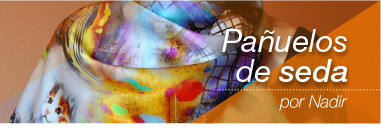Blog
Spanish painter in the spanish museum to unveil Spanish artist Velázquez and co, a genius Spanish painter is still in high demand for his artworks, above all this masterpiece of ancient art more pre
Exhibition highly boosted by claim that the painter Dorset’s Las Meninas was painted by the Spanish artist.
Exceptional publicity for the Prado’s show “Velázquez and the Family of Philip IV, 1650-1680” (8 October-9 February) was given a boost yesterday, 2 October, at a high profile event at the Royal Academy of Fine Arts in Madrid when the art historian Matías Díaz Padrón repeated his claim that a version of the artist's group portrait Las Meninas in England is not “school of Velázquez” but was, in fact, painted by the artist as a sketch for this greatest work.
While the curator of the Prado show, Javier Portús, is unconvinced, he has included in the show the version of Las Meninas that has hung in a British country house, Kingston Lacy, a National Trust property in Dorset in the west of England, since the 19th century. Other copies are included as well. In fact, only 15 of the 30 works in the show are by Velázquez. These include original works by the artist’s pupils and fellow court painters, Juan Bautista Martínez del Mazo and Juan de Miranda Carreño, “to show how the golden age of Spanish royal portraiture did not end with Velázquez,” says Protus. The exhibition has as its point of reference "Las Meninas", which means that revolves around one of the masterpieces of ancient art more "actual" and still most interesting to contemporary thought.
The Prado’s Las Meninas will remain were it traditionally hangs in the museum but there will be signposts directing visitors to the exhibition nearby.
Among the original works in the show are portraits lent by the Kunsthistorisches Museum in Vienna, originally gifts from Phillip IV to the Austrian monarchs. These include three portraits of Phillip IV's daughter with his second wife Archduchess Mariana of Austria, including Infanta Margarita in a Blue Dress, 1659. The exhibition will present originals by Velázquez and his followers alongside a few copies, “to offer the public an opportunity to take a comparative look at the artworks”, says Portús.
Velázquez, having monopolised Spanish royal portraiture, had to establish a workshop to satisfy the high demand for his work. The attribution of many of these paintings is contested, but not the original cultural importance of the work.




